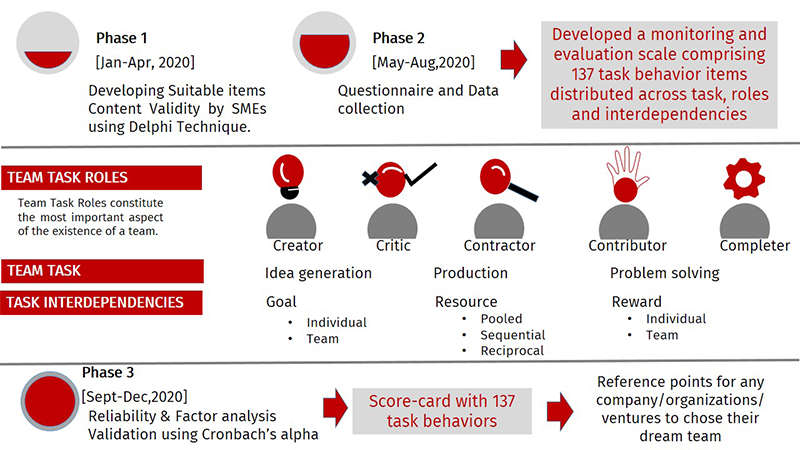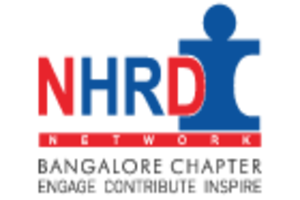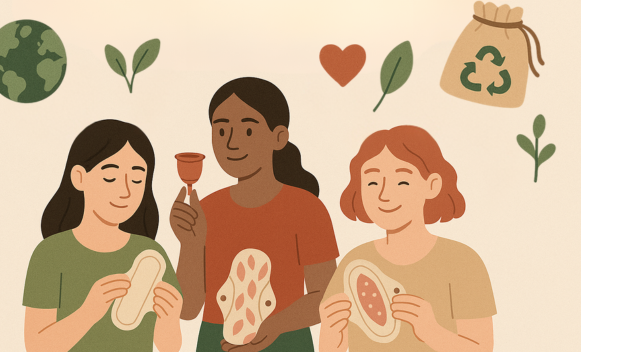Ever wondered why underdogs always win against a team of champions? It ain’t luck, but synergy winning over dominance!
Team and teamwork accomplish complex and interdependent tasks in an agile and dynamic environment. Capitalizing on the individual strengths of team members guarantee organizational success. A core competency or situation-specific behavior is referred to as a team role. Each team member can perform and take on more than one team role to accomplish a task.
Dr. Shailaja Karve, Professor at the K J Somaiya Institute of Management led her team to investigate ‘How and which team task roles can help organizations form productive teams?’ The project was funded by the National Human Resource Development Network-Bengaluru Chapter. “I am passionate about understanding team dynamics and exploring team-functioning & building teams,” says Dr. Shailaja Karve. The project goal was to create a scale to identify, measure, and develop teams with complementary strengths.
Team members’ performance is dependent on their ability to understand and adapt flexible roles based on the situation and demand. The presence of interdependencies and task types influence team task roles in a group.
The team initiated the work by considering 570 task behaviors (item pool) to assess role preference in team-building. The items were distributed among five team-task-roles, three team-tasks, and four task-interdependencies. The respondents were all from the managerial grades with multiple responsibilities and differing interdependence structures. The questionnaire was sent out to both contacts (convenience sampling) and non-contacts (random selection) after confirming their willingness to participate. Each question was scored using a Likert-type scale ranging from 1 (completely disagree) to 6 (completely agree).

After a pilot study of collating review from 60 respondents, the Delphi method (group decisions from expert panels) was used to validate and restructure the questionnaire content. A consensus was reached to consider 270 items for the next phase of the study. The restructured questionnaire helped the test taskers -300 managerial practitioners - to connect with and reply faster. To upgrade the scale to an international setup, cross-cultural validation checks are underway.
Each response was studied to evaluate inter-item correlation; similar behaviors were groups (Cronbach alpha) to finalize an ideal scoring-scale of 135 behavior tasks. This scale can be a reference point to identify team members - from the employee pool- with complementary roles for optimum team functioning. The scale can be used to form temporary or permanent teams - be it for a think tank, action team, or crisis management.
There is always I in a team, but V in teamwork. Many independent ‘I’s lean and support together to form the ‘V’ (we) or ‘W’ (work) in an organization. A dream team is one with minimal conflict, collaborative behavior for high performance, productivity, and timely completion of the task. Score with us to help you select a great team.

Coordinator-Research Promotion, SIRAC
Published on: Jan 12 2021









